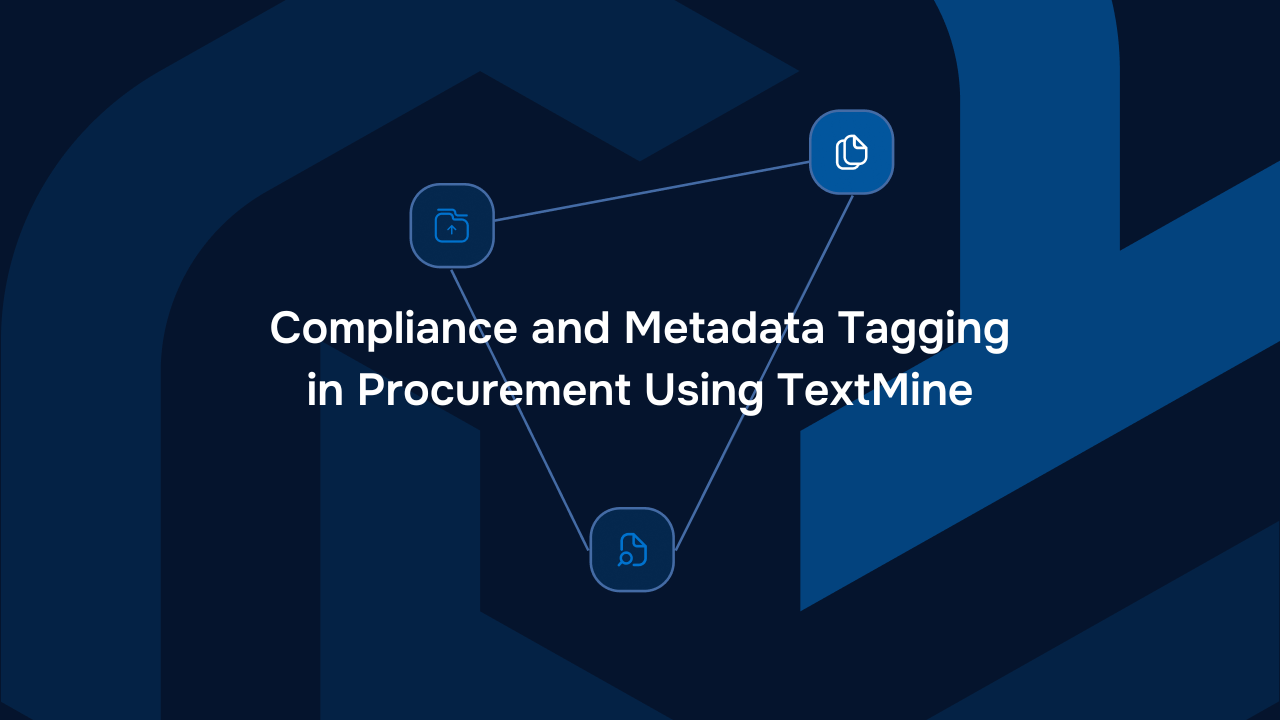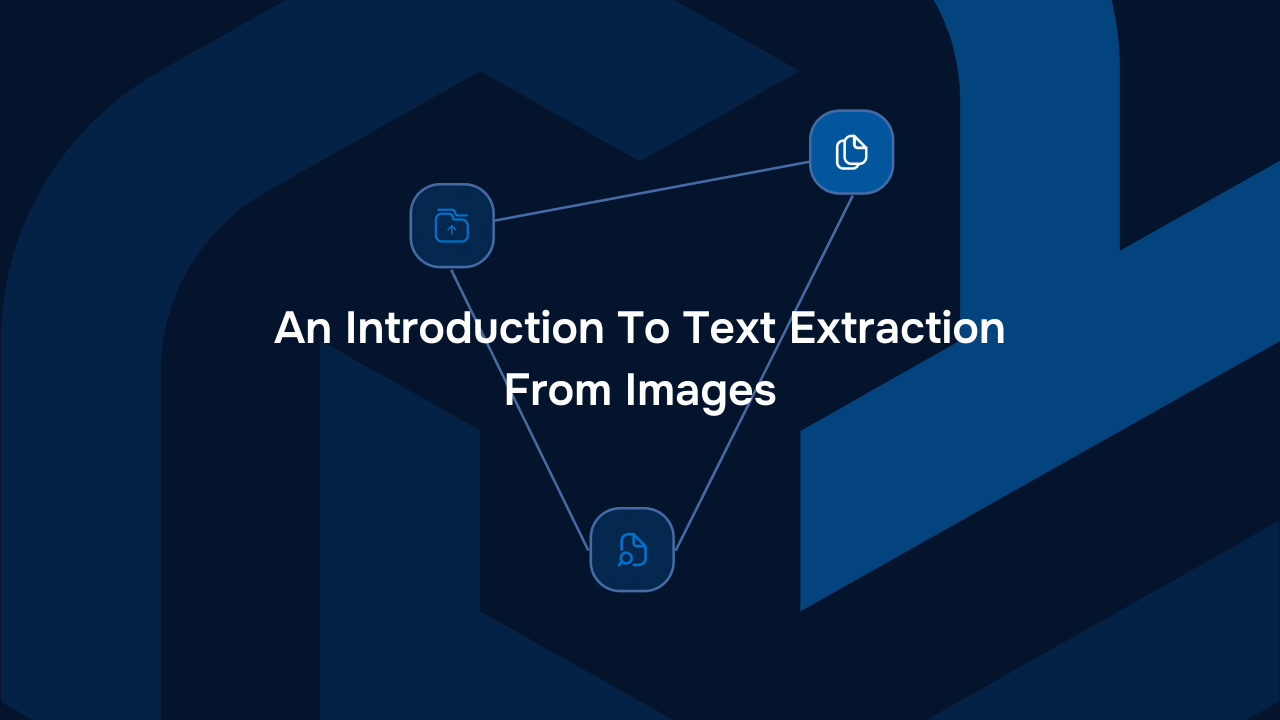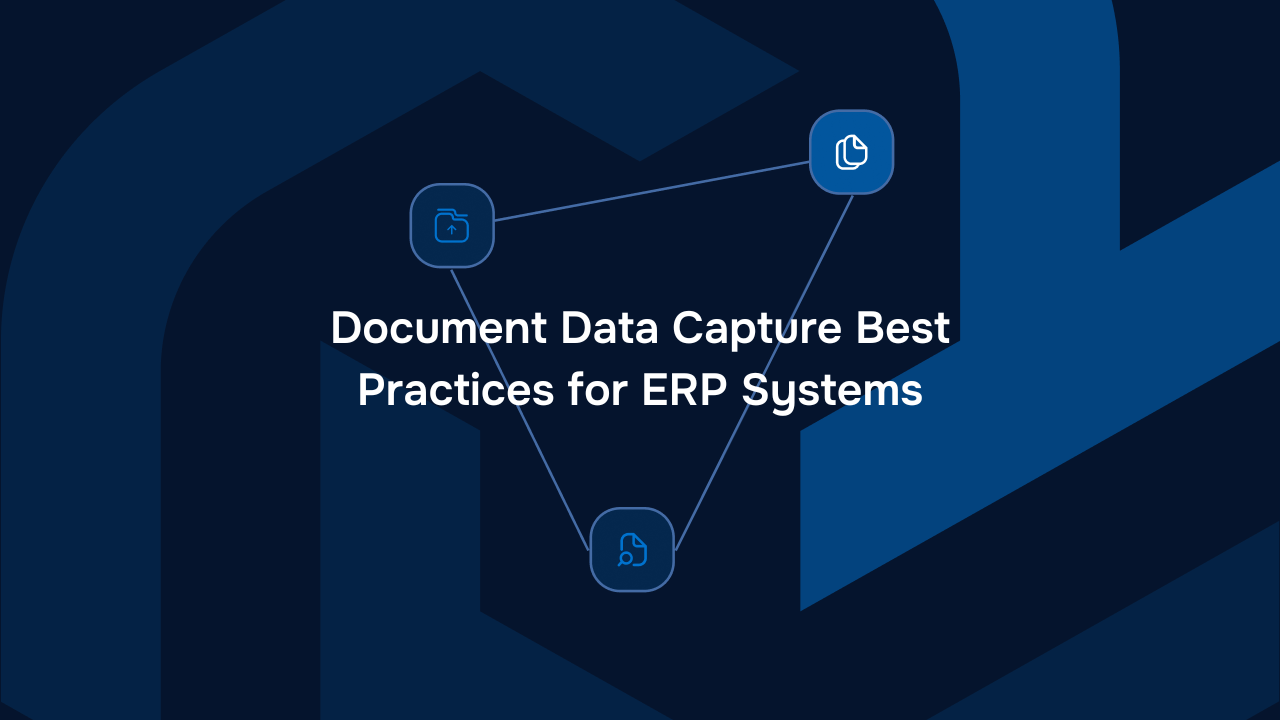How to Mitigate Bias in AI Models


Despite being around for over 30 years, artificial intelligence (AI) has seen an unprecedented boom in the last few years. Whether it is used in a business or personal context, it has proven to be a powerful tool for identifying hidden patterns in data and streamlining complex workflows. AI modelling is fast becoming a popular and efficient choice; however, it is not perfect. In the same way that human-modelled data can experience bias, so can AI modelling.
In order to provide a clearer picture of AI bias and how to mitigate it, this article will cover:
- What AI bias is
- How to identify bias in AI models
- How to prevent AI bias
What Is AI Bias?
AI bias is a phenomenon in which artificial intelligence develops, uses, or produces biases similar to those found in humans.Bias is quite simply an inclination or tendency to lean a certain way based on external factors, and this concept can creep into AI models.
In the same way that human statisticians and data scientists aim to avoid bias within their work, bias must also be mitigated when it comes to using AI-generated models and algorithms to ensure fair and consistent model predictions.
AI bias can manifest itself in several ways:
Data Bias
One of the most prevalent ways we see bias within AI is data bias. Data bias is the term used to describe the instances when a data set used to train an AI model contains biases. Data bias is fairly common in areas outside of AI algorithms and models and occurs for several reasons.
The result of data bias in artificial intelligence is that the model produced at the output will reflect these biases, which can be problematic when trying to create accurate models.
Algorithmic Bias
Another common way that bias creeps into AI is via algorithmic bias. Algorithmic bias occurs when AI creates an unfair result due to biases that have been input by the programmer. This can occur when the dataset used to create the algorithm excludes a key group or factor, or if the programmer programs personal biases and assumptions into the algorithm.
In short, it means that the algorithm itself is programmed to be biassed – which can cause issues for those trying to create fair and reliable models.
How To Identify Bias in AI Models
There are several techniques for identifying bias in AI models to ensure your outputs are fair and accurate:
Evaluation Metrics
An excellent way to identify bias in your AI modelling is by developing evaluation metrics. These metrics should be designed to assess factors such as fairness, population diversity, causal reasoning, and equalised odds. By applying these metrics correctly, you will be able to see patterns of bias within the data and highlight where changes need to be made.
Bias Detection Tools
Many pre-existing tools have been designed to detect bias within AI modelling, making the whole process a lot easier and a lot more streamlined. Some of the most popular tools include Google Fairness Indicators, and Microsoft Fairlean.
How To Prevent AI Bias
While there are many steps you can take to mitigate AI bias once the modelling has been created, it is even better to prevent it altogether. Here are some ways you can prevent AI bias from occurring in the first place:
Inclusivity in dataset composition
One of the main reasons AI bias occurs is due to a skewed or noninclusive dataset being used to train or program the algorithm. By ensuring that your dataset is inclusive to begin with, you will ensure a much fairer and more accurate result from your modelling. You can measure the inclusivity of your dataset by doing a quick statistical analysis of its underlying classes and properties. You may wish to expand your dataset if certain classes are underrepresented.
FAIR model architecture
FAIR stands for findable, accessible, interoperable, and reusable, and it has been introduced as a set of guiding principles to aid with accurate and efficient algorithm and artificial intelligence management. Implementing this framework can mitigate AI bias and prevent unfair results.
Implementing interpretable models for better understanding
Implementing interpretable models into your AI modelling is an effective way to reduce bias and prevent bias. Interpretable models allow you to uncover and understand how different features of the data (or particular variables) contribute to the predictions, and allow for a fairness assessment to occur. You may wish to redefine the scope of your model and the underlying data if a minority of the features contribute the most to a model’s predictive performance. Certain AI models such as generative AI models are not natively interpretable which means that you many need to build some tooling around the model to interpret its behaviour.
Final Thoughts
While AI can be a powerful tool in many areas, it can create application risks when bias is present. Bias within your modelling can severely skew and alter your results, leaving you with an unfair and inaccurate output. By taking steps to prevent or mitigate bias within your AI modelling, you will ensure a clearer and fairer result that will prove to be far more effective in the long term.
About TextMine
TextMine is an easy-to-use data extraction tool for procurement, operations, and finance teams. TextMine encompasses 3 components: Legislate, Vault and Scribe. We’re on a mission to empower organisations to effortlessly extract data, manage version controls, and ensure consistency access across all departments. With our AI-driven platform, teams can effortlessly locate documents, collaborate seamlessly across departments, making the most of their business data.

Newsletter
Blog
Read more articles from the TextMine blog


From Complexity to Clarity: Transforming Supplier Agreement Analysis with AI


Compliance and Metadata Tagging in Procurement Using TextMine


An Introduction To Text Extraction From Images






